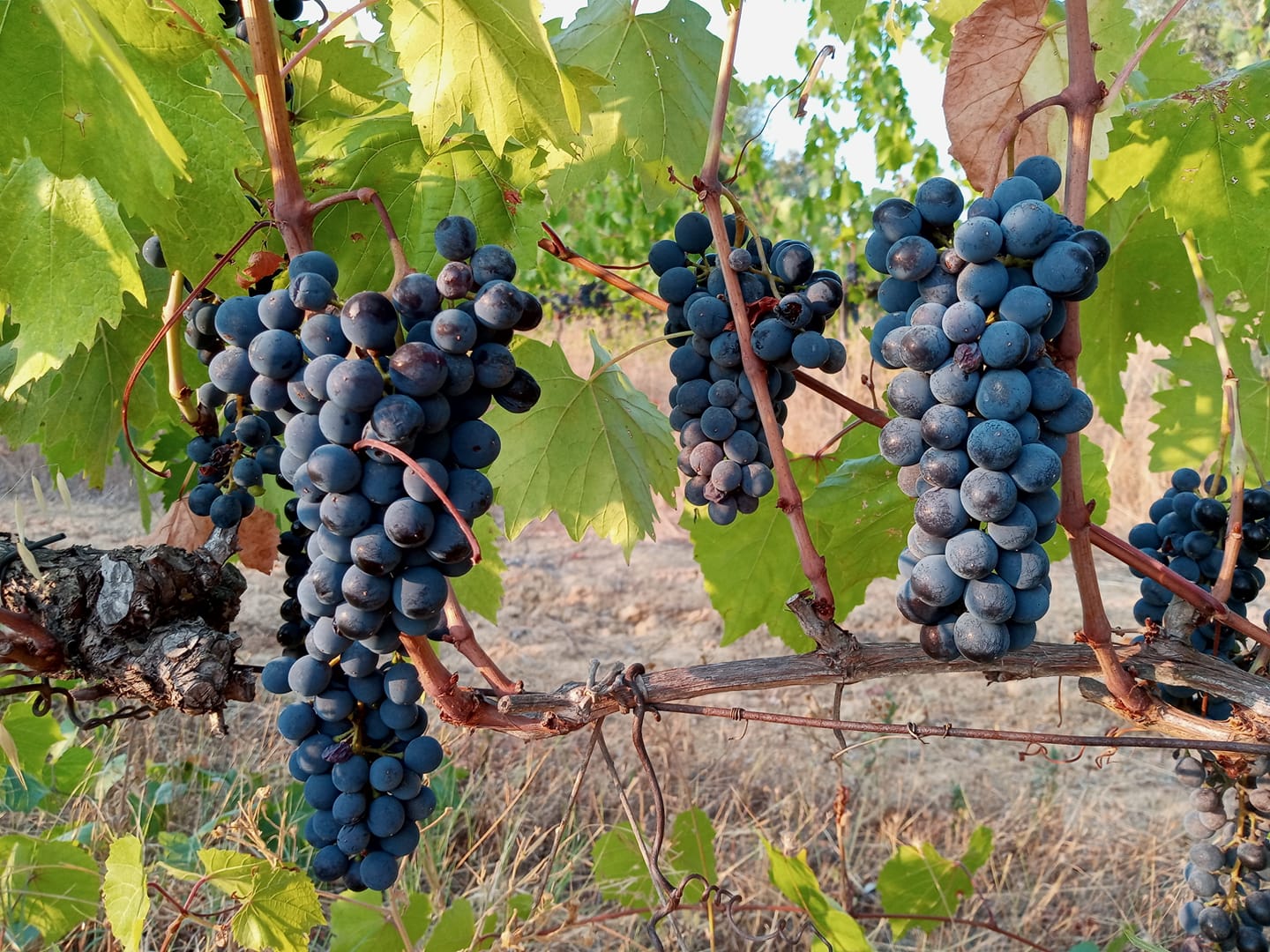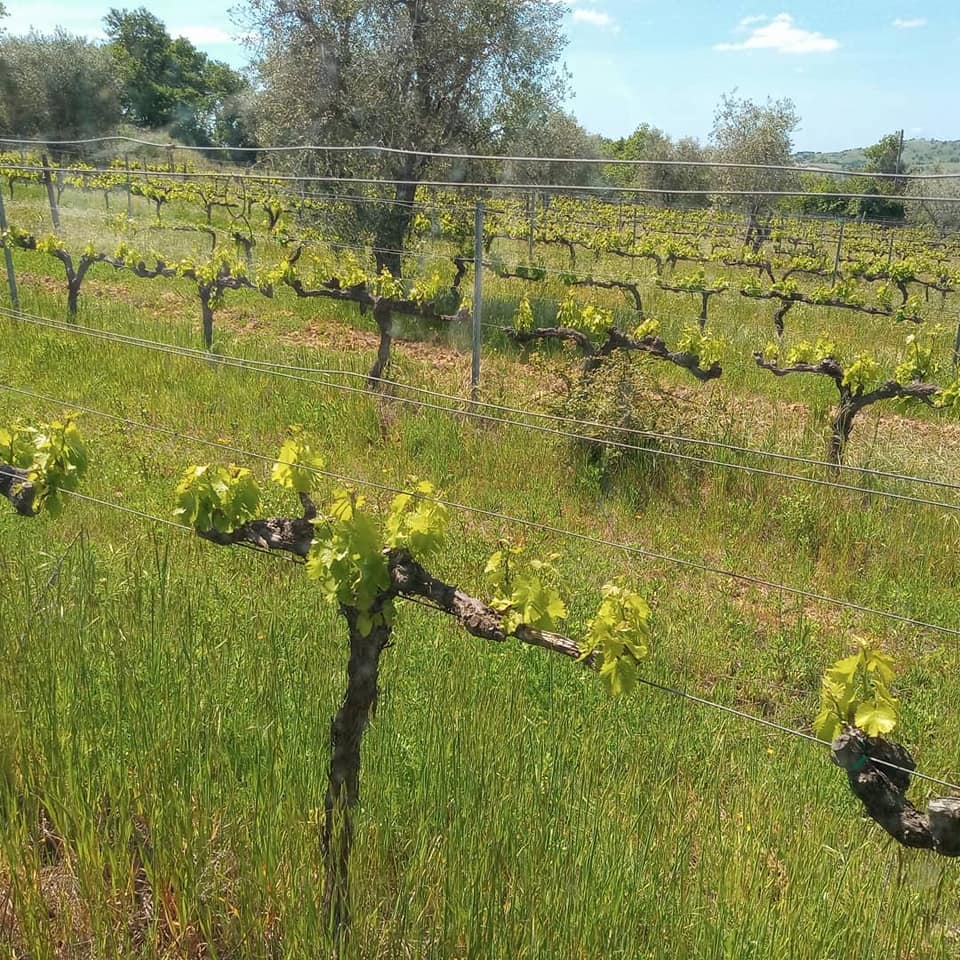
Plant a new vineyard in Tuscany, where to start
 As a small farm in Maremma Tuscany we need to continually look at ways to support our farms income, whether that be via the creation of olive oil or the growing of grapes to make wine or planting and growing vegetables to be used in the farm kitchen and thus reduce our food expenses through to preserving water and the creation of energy via our solar PV panels and battery storage solution.
As a small farm in Maremma Tuscany we need to continually look at ways to support our farms income, whether that be via the creation of olive oil or the growing of grapes to make wine or planting and growing vegetables to be used in the farm kitchen and thus reduce our food expenses through to preserving water and the creation of energy via our solar PV panels and battery storage solution.
Vineyard application
As we were able to apply to plant a new vineyard area, we did so, it was complex and in the end took over 6 months before we knew if we had been authorized to plant new vines. We were allocated the ability to plant 1.1hectares, or 11,000 sq metres mainly due to the amount of free arable land we had available.
After we received the authority to plant our new vineyard tuscany we looked at our work calendar to see when we could start the soil preparation work, and more.
Soil Preparation
Ripping the soil down to 1m minimum gives the roots system the chance to grow easily as well as ensuring that the soil can drain easily, ensuring that the grape roots do not sit in water. The depth that is needed depends on the soil type, the moil clay, the deeper it is needed to rip. The method to rip is using a tracked tractor with a blade like attachment on the rear that is lowered into the sol in order to cut, or rip the soil, reduction soil compaction that will have occurred over time.
Irrigation system for grape vines
Dripper irrigation systems give us the chance to irrigate in the highly important months of June, July, and August if there is no rainfall. Watering tends to be long and deep, creating water down to a depth of at least 40cms, this means around 16litres per plant, per watering session, which, dependent on conditions is normally weekly, but can be less frequent.
My plan is to harvest rain water from the roof of our large shed, and store it in 5000litre storage containers, with 20,000 litres, it will allow me to water our vineyard succesfully through the drought period.
Choosing the width and length of the vineyard rows
We want to stay old school, we are not into high intensive farming practices as we feel it is detrimental for our land, soil and environment. Previously there was a push to reduce row width in order ot squeeze in more vine rows, however it is now being seen as detrimental to the health of the vines due to reduce airflow and light. Because of this we will be keeping our vineyard rows around 2.4m wide, this will allow lots of space to work as well as allow lights and air to easily circulate around the vines.
How many Vines should we plant
Per hectare, density decisions. We think that around 2700 plants per hectare is where we want to be, they will be planted around 1m apart this will give us 27 rows of 100 plants each.
Varieties, what will we choose?
White, red, what are we planning to create when it comes to wine, these are still decisions we are making and we will definitely do a future update on the types chosen, for sure we want some white, as we only have red right now in our 70 year old vintage vineyard which contains around 2700 vines.
Costs to plant a vineyard in Tuscany
The costs associated with planting a new vineyard are mostly fixed and inflexible, driven by market forces and inflation, although we will be doing much of the work ourselves so will save on labour costs, the estimation on costs is as below;
- vines, 2700 at 3eur to 5eur a vine, dependent on variety and if you require vines
- support poles 500 units at a cost between FREE to 6eur each
- support wire at 50eur for 500metres
- vine protection sleeves 2700 at 0.40cents each
- land preparation ripping starting at around 4000eur dependent on the rocks/soil type found
The first years of a new vineyard
It a great deal of investment, both financial and in time when planting and caring for a vineyard and as we are an farm we are limited to compounds in the care of vines to reduce issues such as funghi. So how long will it be before the new vineyard is actually producing grapes that can be used in winemaking?
Year 1; The vines are planted in March and in summer they will reach the first or second support wire, they will have lots of growth, but no pruning occurs in this year.
Year 2; The vines having been left, will continue their growth in the spring and summer period reaching the top support wire, they may produce grape bunches but these should be removed, all energy should go into the plant, not into grape bunches
Year 3; The first year when the vines will be pruned, this will occur in the coldest months, so for us it is December and January when the vines are dormant, at this point the vine growth strategy, Single Corden, Double Cordon or Guyot is chosen. This will be the first year that grape bunches are left on the plant and are harvested.
How long do vines live, and produce grapes?
As we have a vineyard that has over 70 year old grape vines, with care and good pruning grape vines can survive for many years. The conditions, soil and weather all play a part in how healthy a vine will be, and it is up to the vineyard operator to do all they can to ensure the vines is kept healthy through pruning, soil care and maintenance and disease control using approved methods.
